Common workplace hazards
Safety hazards are present within every workplace, but do you know which ones have the most potential to harm your employees?
This blog will identify some of the most common hazards you may encounter. By identifying these, we can put prevention strategies in place to mitigate any injuries, increase employee productivity and retention, minimise costs and comply with legal requirements.
Slips, trips and falls
Statistics from the Health and Safety Executive states that 32% of non-fatal injuries in 2022/23 were from a slip, trip or fall.
These accidents can occur in any business, regardless of industry or size and can lead to injuries such as broken bones, sprains and even death.
Common causes:
- Wet, slippery and uneven floors.
- Poor lighting.
- Cluttered workspaces.
Prevention strategies:
- Maintaining a clean and clutter-free work environment.
- Ensuring all surfaces, floors and stairs are in good repair, and where needed, having handrails present.
- Signage to caution employees of potential hazards, such as wet floors, areas under construction etc.
- Adequate lighting to ensure all employees have full visibility.
Manual Handling and Ergonomic Injuries
Manual handling and ergonomic injuries are a major workplace concern, especially when in 2022/23 musculoskeletal disorders accounted for 27% of all work-related ill health cases and 21% of all working days lost.
These hazards can sometimes be hard to spot and only present themselves after it’s too late – therefore, it is essential to be proactive.
Common causes:
- Poor ergonomics in the workplace.
- Repetitive strain.
- Prolonged awkward posture.
- Unsafe working conditions.
- Lack of training on how to perform tasks.
- Lack of rest breaks.
Prevention strategies:
- Assessing workstations regularly to identify any potential risks and resolve them.
- Provide the correct equipment to employees such as additional computer screens and chairs etc.
- Encouraging employees to take regular breaks from their work.
- Providing training to employees on how to perform lifting tasks properly.
Mental Health and Stress
Mental health and stress at work are becoming a more widely known workplace hazard.
According to HSE, over half of working days in the UK are lost due to work-related stress, depression or anxiety. These figures will most likely continue to rise, so being proactive and providing your employees with the knowledge and correct tools will not only benefit your employees but also your business.
Common causes:
- Toxic workplace environment.
- Discrimination or harassment at work.
- Feeling overwhelmed by workload or workplace pressures.
Prevention strategies:
- Mental Health training for managers on how to spot the signs of mental distress.
- Creating a supporting and respectful work environment that promotes mental well-being.
- Training employees on how to manage stress and where to go if they need help.
Fire and electrical hazards
There are around 22,000 workplace fires each year in the UK, which is quite shocking!
Fires and electrical hazards cause devastating consequences for businesses and, most often, are preventable with the proper procedures and plans.
Common causes:
- Faulty appliance and leads
- Misuse of equipment or appliances
- Poor ventilation
- Smoking in inappropriate places
Prevention strategies:
- Fire safety training for employees
- Creation of emergency plans and evacuation routes in case of a fire
- Regulation inspections on workspaces and electrical equipment
- Dedicated smoking area for employees
- Ensuring all flammable liquids are kept in an appropriate and safe place
Is your business being proactive?
We understand that keeping up with workplace health and safety can be challenging, especially when trying to run your own successful business. That’s where we can help.
Let us take some of the stress away from your health and safety concerns, whether that be by performing a site audit to spot any potential hazards, risk assessments, providing expert advice or more.
With over 15 years of experience helping businesses like yours stay compliant – no job is too big or small.
Take the first steps to improving your workplace health and safety standards today.










